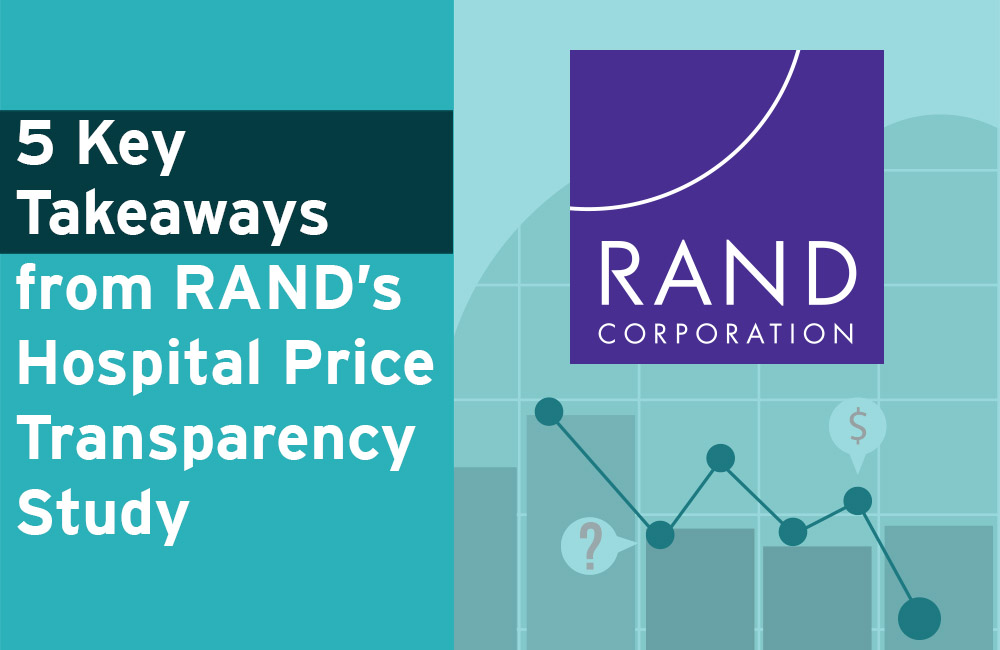
Still the Law of the Land? What a recent court ruling means for the future of the ACA
The Texas Ruling
Ever since the U.S. Supreme Court upheld major portions of the Affordable Care Act (ACA) in 2012, health care providers, insurers and employers have been closely monitoring congressional and executive action to forecast the future of the law and its many provisions. The Dec. 14, 2018 ruling by a federal district court judge in Texas, Reed O’Connor, once again throws judicial action into the forefront of that mix.
O’Connor ruled in Texas vs. U.S. that because Congress removed the individual tax mandate from the ACA, the law was no longer constitutional. This lawsuit was filed by the Texas Attorney General with support from 19 other states, including Wisconsin under outgoing Gov. Scott Walker and outgoing Attorney General Brad Schimel.
Key to understanding this argument is remembering that the Supreme Court previously ruled the ACA mandate could stand because it was implemented as a tax, and Congress has the Constitutional authority to tax and spend.
The Texas lawsuit hinged on the fact that the 2017 Tax Reform Bill removed the individual tax mandate. Judge O’Connor held that without this tax requirement, the entire law is unconstitutional. Furthermore, O’Connor found that since the insurance enrollment requirement “is essential to and inseverable from the remainder of the ACA,” the entire act must be invalidated.
Did the Judge Get it Right?
Critics of the ruling have noted that Congress didn’t actually remove the penalty on individuals who choose not to enroll in health care coverage. The requirement and tax are still on the books, with the penalty being set at $0. Legal scholars and others have questioned O’Connor’s interpretation of legislative intent, as the judge included in his ruling that Congress “intended to preserve the Individual Mandate because the 2017 Congress, like the 2010 Congress, knew that provision is essential to the ACA.” By removing the mandate, this line of argument goes, Congress must have intended to remove the entire Act.
Analysts point out that it was the Supreme Court that previously tied the mandate to the rest of the Act and not Congress, meaning that Congressional action to remove the mandate did not extend to the entire act. More simply put, had Congress intended to invalidate the entire ACA, they would have stricken the law in its entirety as compared to what Congress actually did through tax reform, which was only to zero out the penalty.
What the ruling means for employers
For now, employers need not take any action since an appeal to the ruling is imminent. In fact, a group of states led by California has already announced their intent to appeal. Recognizing the likelihood of appeal and that “many everyday Americans would otherwise face great uncertainty during the pendency of appeal,” O’Connor ruled that the ACA should remain in place while the appeals process works its way through the higher courts.
Trump Administration officials, including Seema Verma, administrator of the Centers for Medicare and Medicaid Services (CMS), have stated publicly that the ruling has no immediate effect on the ACA, noting the appeals process must first be exhausted. The first appeal will be heard by the 5th Circuit and most observers predict this will ultimately be decided by the U.S. Supreme Court. It is worth remembering that the Supreme Court has twice before upheld the ACA.
The appeals process will likely take years to fully resolve itself. In the meantime, it will be business as usual for employers, consumers, providers and other health care stakeholders who will continue carefully watching Congressional and executive action.
With a now divided Congress of a Democratic controlled House and a Republican controlled Senate, the odds of any legislative action strengthening or weakening the ACA is highly unlikely. As Forbes magazine describes, 2019 could be the “year of calm” for the ACA.








